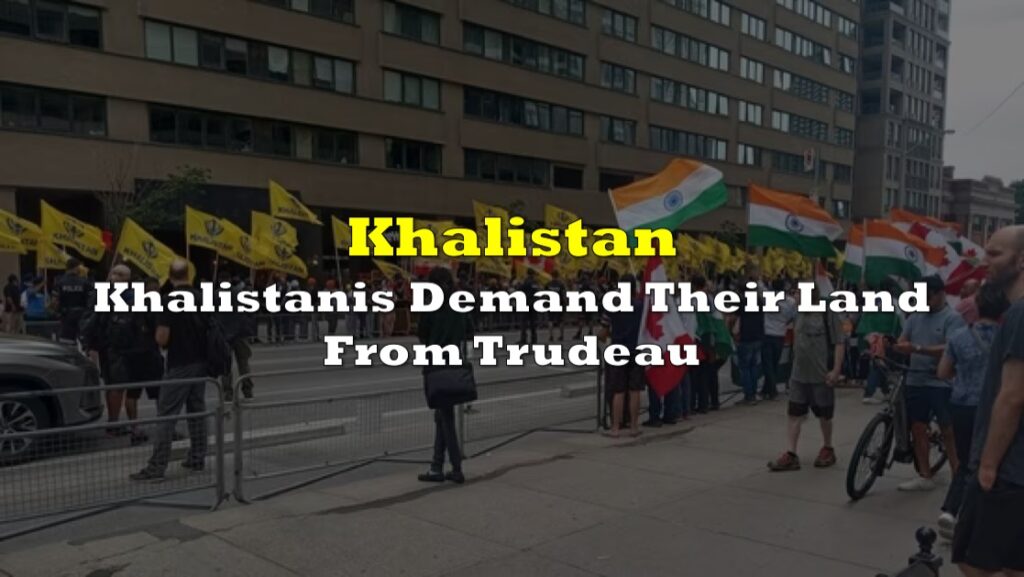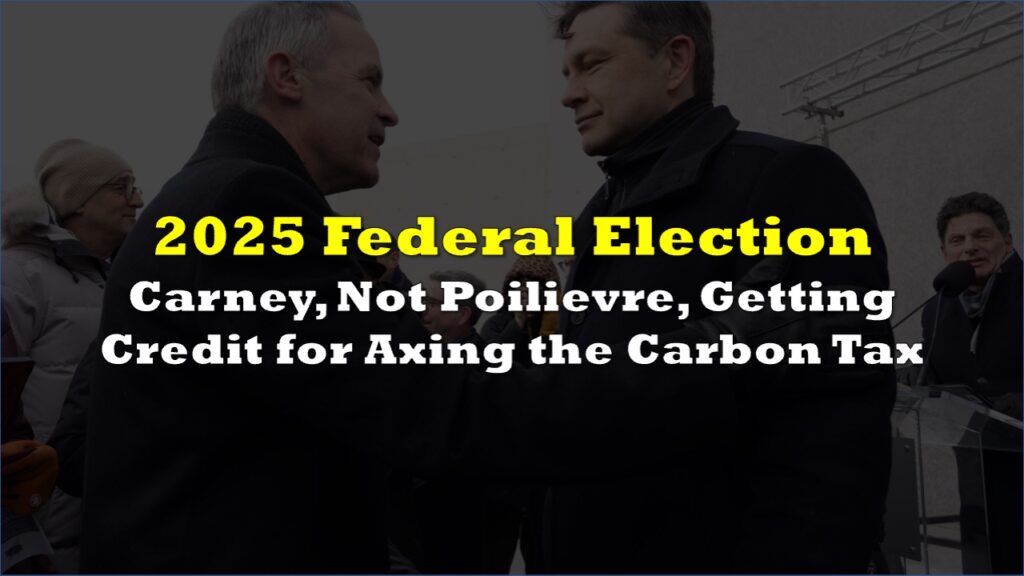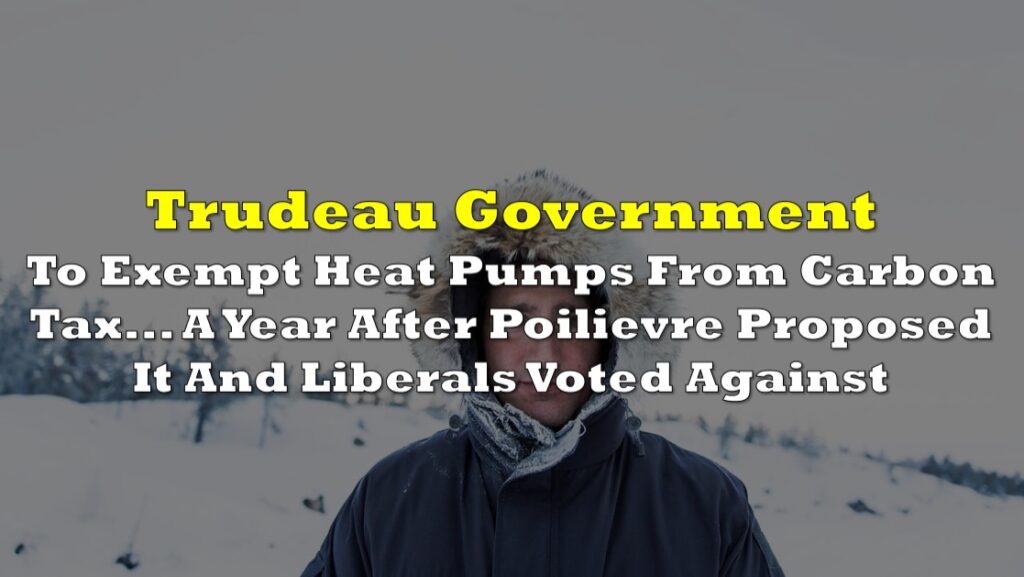Canada’s federal party leaders are competing to offer voters the most attractive tax cuts ahead of the April 28 election, while providing few details on how they would offset the resulting revenue losses.
Liberal Leader Mark Carney promises a one percentage point reduction to the lowest income tax bracket, estimated to cost $5.9 billion annually.
“My new government will focus on helping hard-working Canadians keep more of their paychecks,” Carney said on Sunday, claiming the cut would benefit 22 million people.
"We will cut the lowest income tax bracket by 1 percentage point."
— David Jacobs (@DrJacobsRad) March 23, 2025
-Mark Carney
Wow. A whole percentage point! Thank you for your generosity your m'Lord.
Carney is clearly out of touch with the gap between income and expenses for average Canadians. pic.twitter.com/iZfzYMVWXZ
The Liberals say two-income families could save up to $825 per year under their plan.
Conservative Leader Pierre Poilievre has announced a more aggressive approach, pledging to cut income taxes by 15% for “the average Canadian.”
BREAKING: A New Conservative Government will cut income taxes by 15% for the average Canadian—a tax cut for seniors & workers that will save a family almost $2000.
— Pierre Poilievre (@PierrePoilievre) March 24, 2025
You earned it. Bring it home—for a change: https://t.co/eIy7PDtCaB pic.twitter.com/oyqnH7bxFx
His plan would reduce the lowest tax bracket from 15% to 12.75%, potentially saving families approximately $1,800 annually, according to Conservative estimates.
“You’re working harder, but your work doesn’t pay like it used to,” Poilievre told supporters at a campaign event in Brampton on Monday.
The New Democratic Party (NDP) has taken a different approach, focusing on removing taxes from essential items rather than reducing income tax rates.
NDP Leader Jagmeet Singh criticized both major parties’ plans for benefiting wealthy Canadians. “Their plan doesn’t distinguish,” Singh said in Montreal on Monday.
The NDP instead proposes eliminating sales tax on groceries, children’s items, telecommunications, and home heating.
Bloc Québécois Leader Yves-François Blanchet has questioned how the tax cuts would be funded.
“How the hell do you intend to do that?” Blanchet asked reporters. “If you do only cut and cut and cut, you will have to tell us where you will make those cuts.”
Next up: how do they pay for these income tax cuts? Carney’s 1% cut in the lowest tax bracket would cost $5.9 bn per year. Poilievre’s 2.25% cut would cost roughly $13.5 billion. Larger deficits (but PP is promising balanced budgets) or spending cuts, and where?
— Marc Lévesque (@MarcLevesqueEco) March 24, 2025
According to a recent Ipsos poll for Global News, 9% of Canadians rank taxes as their top election issue, while 23% cite affordability and cost of living as their primary concerns.
🇨🇦: Really enjoying how both major candidates are winning people over by promising to cut revenues.
— Stephen Punwasi 🏚️📉🐈☃️ (@StephenPunwasi) March 25, 2025
… but no one is curious where those cuts are coming from. 😬😂
The NDP says it would fund its program through an excess profit tax on large corporations like Rogers, Shell, and Loblaws, potentially generating $14 billion in additional revenue.
Poilievre has suggested he would cut “bureaucracy,” “consultants,” and foreign aid spending, while implementing a “dollar-for-dollar law” requiring savings for new spending.
Carney has not specified how the Liberals would offset their proposed revenue reductions.
“It seems like instead of Mr. Carney convincing Mr. Poilievre to have a program, Mr. Poilievre has convinced Mr. Carney to have only slogans,” Blanchet added.
Canadians will vote on April 28 in the country’s federal election.
Information for this story was found via the sources and companies mentioned. The author has no securities or affiliations related to the organizations discussed. Not a recommendation to buy or sell. Always do additional research and consult a professional before purchasing a security. The author holds no licenses.









